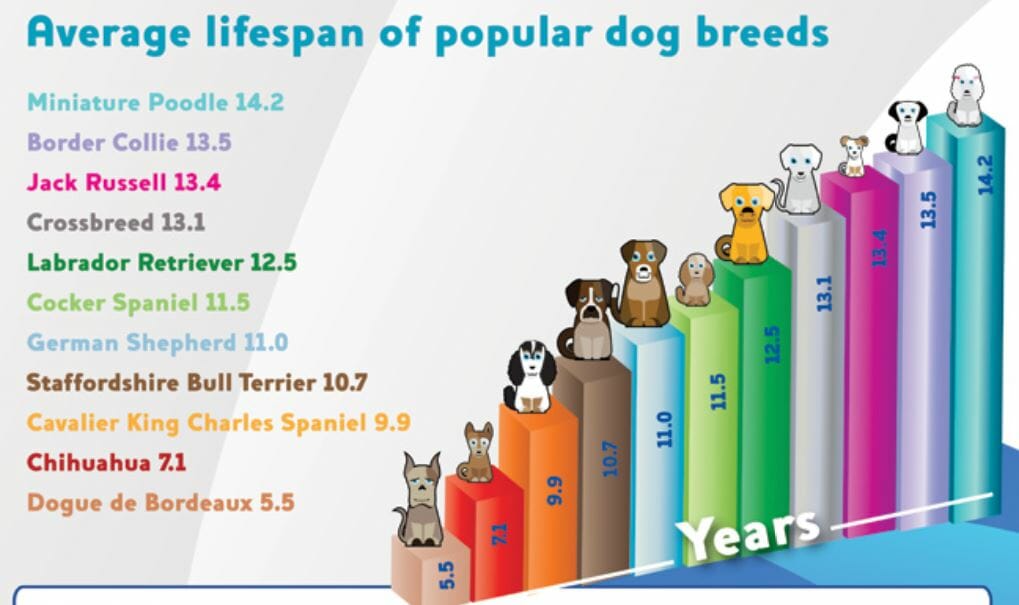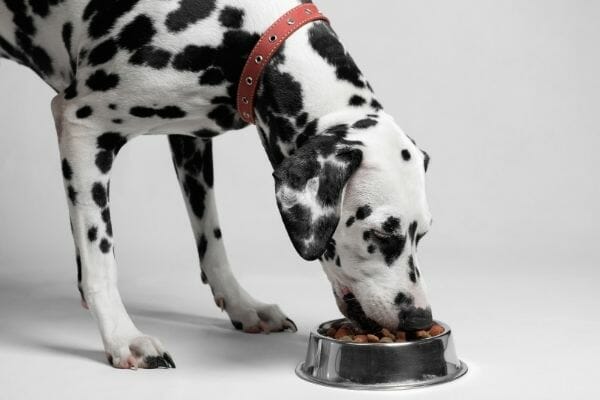Here at Waldo’s Friends, we are big fans of dogs of all sizes, colours, and ages. Senior dogs hold a special place in our hearts because we’ve encountered some of the sweetest and kindest aging canines over the years. Though they are not as playful and active as young puppies, they still have a lot of sloppy kisses and warm cuddles to give.
If you’re wondering about how to care for senior dogs through the food they eat, you’ve come to the right place! This Waldo’s Friends blog post discusses:
- How old is a senior dog?
- When should I switch to senior dog food?
- What should be in the food of my senior dog?
- Other reminders for feeding older dogs
But remember, this article should not replace a visit to your veterinarian. This is only meant to be a guide to help you make informed decisions on the well-being of your aging pet.
How old is a senior dog?
Dogs can go through six life stages. Your dog is considered a puppy when he is born until he is able to reproduce, which is dependent on his breed. He becomes a junior from about 6 to 12 months old, then officially turns into an adult when he stops growing. When he goes past 7 years old, he is considered a mature dog. Then, he is called a senior during the last quarter of his life expectancy, and a geriatric when he goes beyond his breed’s life expectancy.
Take note that age is only an approximate indicator. In an interview with Fetch, Fred Metzger, DVM revealed that being categorised as senior or geriatric “really depends on the breed and body weight [of a dog]. Large and giant breeds age faster than smaller dogs.” Additionally, your dog can be considered mature when he has reached half of his life expectancy. RSPCA shared a list of the average lifespan of popular dog breeds, ranging from 5.5 years (dogue de bordeaux) to 14.2 years (miniature poodle). As long as your dog is healthy and provided for in every aspect of his life, he may live beyond his breed’s life expectancy.

When should I switch to senior dog food?
Large-sized dogs are generally called seniors by the time they turn 6 years old. Meanwhile, small-sized dogs more or less become seniors when they hit the 10-year mark. As these beloved dogs grow older, it is common for their health and stamina to deteriorate. As such, aging canines may suffer from these common health problems:
- Cancer
- Dementia
- Gastrointestinal problems
- Hearing loss
- Heart issues
- Joint problems
- Kidney issues
- Obesity
- Vision loss
Switching your pet’s meals to specially formulated senior dog food is something that you should discuss with your veterinarian. He would most likely run physical exams, blood tests, and other wellness tests to assess your dog’s health before he can recommend the best diet. The new meal plan may include food formulation changes, as well as adjustments to the quantity and frequency of his meals.

What should be in the food of my senior dog?
It’s time to purchase (or even make) your senior dog’s new food after getting your vet’s approval and recommendations. Remember that it should be a well-balanced diet that caters to your dog’s specific needs. If you need to feed him a new brand or type of food, gradually introduce this to him over 7 days to prevent gastrointestinal troubles. Adjust the ratio by slowly increasing the amount of the new food, helping your dog get used to its taste and texture. Stop feeding the new food if your dog vomits or has the runs.
It is recommended that you give your senior dog food which are:
- Adequate in protein: Aging dogs need the right amount of high-quality protein (about 25%) to help them retain body weight and muscle mass. Protein also helps keep the body strong by assisting the immune system. However, dogs with kidney issues should have a lower amount of protein in their diet, so it doesn’t put too much strain on their kidneys.
- High in fiber: Constipation is a common condition of senior dogs, so getting them food rich in fiber (containing 3 to 5%) can assist their bowel movement.
- Low in calories: Because older dogs are not as active as young pups, they do not need to use as much energy throughout the day. Low-calorie meals can help prevent obesity, which develops into diabetes in some dogs.
- Low in fat: Senior dog food tends to have lower levels of fat (about 8 to 12%), which translates to lower calories. Diabetic dogs will benefit from eating meals that are low in fat but high in fiber.
Aside from consuming high-quality meals, senior dogs should eat treats low in fat and sodium. Fresh vegetables and fruits, such as carrots and apples, are healthy alternatives. Just make sure his snack portions do not go over his recommended daily intake.
TIP: Check out which vegetables and fruits dogs can safely eat through our Can Dogs Eat category!

Other reminders for feeding older dogs
- Water is essential in keeping aging dogs hydrated. Some diseases or medications cause older dogs to pee frequently, so they need to continuously replenish the lost fluids from their bodies. Place bowls filled with fresh, cool water throughout the house to encourage your senior dog to drink up.
- Dry kibble may help reduce gum disease and control tartar buildup in senior dogs. But if your dog is used to eating wet food, he may not appreciate the switch.
- If your dog isn’t too keen on eating dry food, you can add some warm water or chicken broth to make it more palatable. Adding a small amount of canned dog food might also do the trick!
- If your senior dog doesn’t receive enough nutrients from his food, your veterinarian may recommend feeding him supplements. Dogs suffering from arthritis and joint pain may benefit from eating omega-3 fatty acids, glucosamine, and chondroitin. These chemicals help decrease inflammation and support the rebuilding of lost cartilage substance.
If you notice any changes in your senior dog’s energy levels, his appearance, his food/water intake, his behaviour, or his toilet habits, speak with your veterinarian.
Check out our guides to read more articles on responsible dog parenting. Uncover the best slow feeder bowl to get for your pooch, or learn 10 ways to help an anxious dog.
Leave a comment
Your email address will not be published. All fields are required.